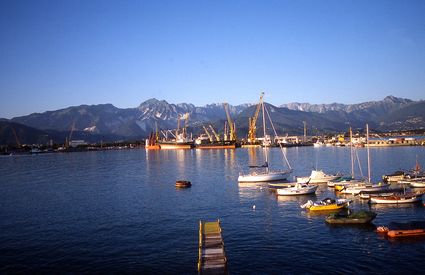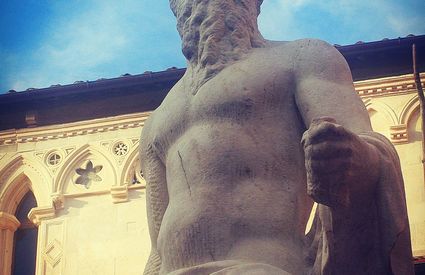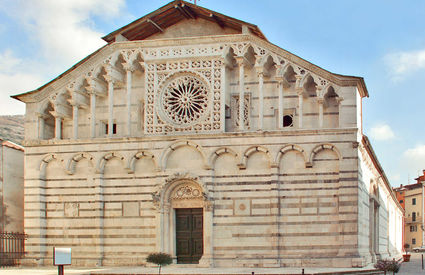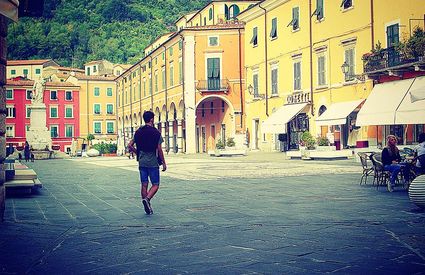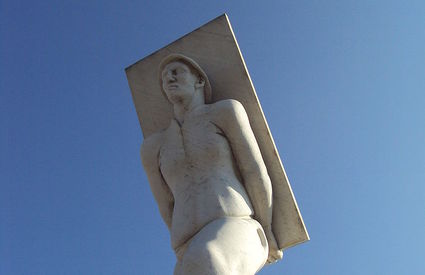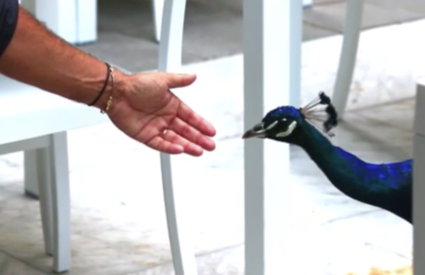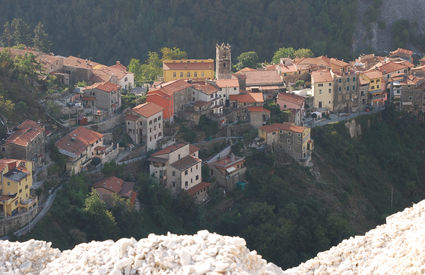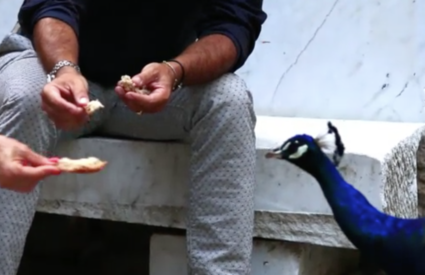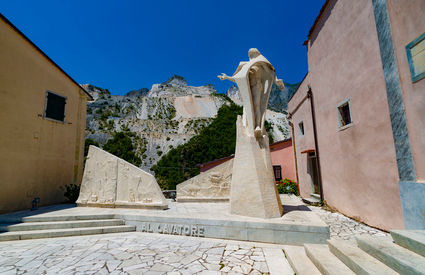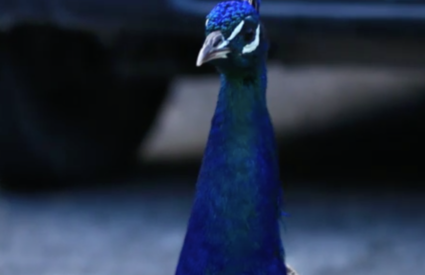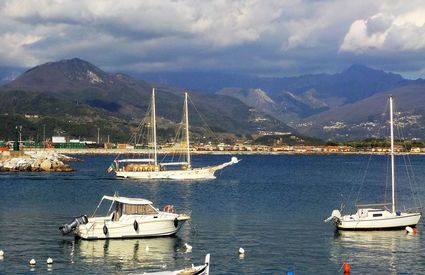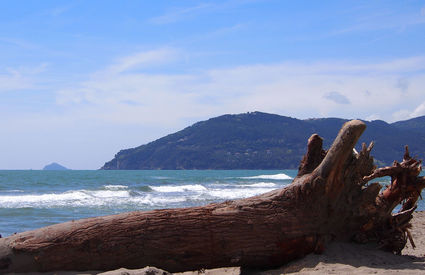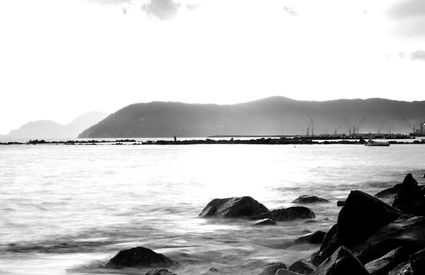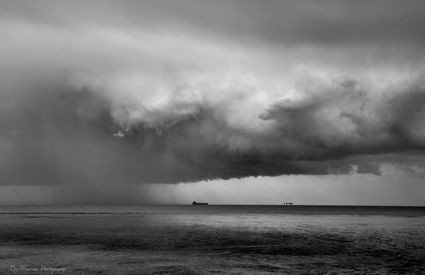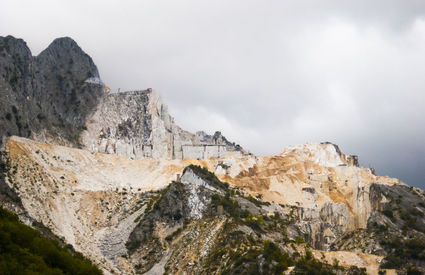Carrara
The banality of the beautiful, the originality of the ugly
Anecdotes and vignettes from a city of marble ~ by Andrea Lattanzi
The banality of the beautiful, the originality of the ugly
Anecdotes and vignettes from a city of marble ~ by Andrea Lattanzi
Curmudgeons with hearts of gold
If we were to describe Carrara with a rhetorical illustration, we would have to use the idea of contrast. It’s a mountainous land against the Apuan Alps, and yet near the sea, too—the Tyrhennian, which then turns into the Ligurian Sea just a few meters to the north. It’s a free and anarchical city, so the history books say. And yet it’s capitalist and has essentially been chained down—given the sense of “identity dependence” fostered by its foundations and history of marble extraction. The statues in the squares, the staircases, the sidewalks: it’s all marble. And written everywhere on the walls are graffiti-painted memories urging us to recognize and reiterate where we are. In Carrara, the banality of the beautiful is found in its opposite: the originality of the ugly.
The decadence that you breathe in as you move through its side streets is reflected in the souls of its residents. They are everything and the contradiction of everything. The severity and anger in their faces often belie a surprising sense of humor and lust for life. The great Montesquieu spoke of them in his Viaggio in Italia as “the roughest and rudest that exist,” behaving with an “unrivaled vulgarity.” But those who live in the shadow of Monte Sagro are, culturally, people with real heart, generous at their core and ready to make sacrifices for anyone in trouble.
Of marble and "lardo"
Summer in Carrara is Mediterranean, nautical and comforting. Winter is atrocious—damp and solitary. In area trattorias the appetizer is typically the lardo di Colonnata, a cured pigback fat, followed by seafood and salted codfish. This is Colonnata: 532 meters above sea level, 350 residents and around 20 different larderie (spaces specialized in lardo production) set amid the mountains. “To our anarchist companions killed on the street for freedom,” says one plaque in the central piazza. For a few years now there’s also been a peacock, who many have nicknamed “Hector” (Ettore, locally) and who roams through the side streets of the town. Electric blue and a “man about town”, he arrived with two female peacocks from the nearby farm of a marble industry titan. The females died, but he survived. He is still there but apart from strutting around and eating, it’s not really clear how he satiates his primordial needs.
Primo, AKA Primino: a (possible) hero who may never have existed
Primo, known as “Primino,” was an ugly man with a jarring voice, who
loved giving Hector some hunks of bread here and there. He’d kick him around, too, now and then, but
all in good, harmless fun. He was a son of this land who could barely read but knew
the windrose like the back of his hand. Bald
and with ears that stuck out, every day he’d go down to the valley by way of
Vezzala and Bedizzano to line up in a gambling station and bet on the winning
horses. Always the same ones: 1, 2 and 3.
Primino was unpopular with everyone: he
hardly ever spoke but when he did, he’d always be criticizing something or
someone. One day in the sea, when the beach was crowded, a surfer suffered a
sudden illness. The waves were very high and Primino, to the surprise of
everyone around him, threw himself into the water to save him. He was small,
but stocky enough to resist the current. Primino was able to reach the surfer and
bring him back in. Everyone gathered round the surfer to examine his
conditions, and it turned out he was all right. A few meters away, Primino died
and his memory faded into general indifference. From his dying lips there were
only a few syllables uttered: “1, 2, and 3: today it’s my turn.”


